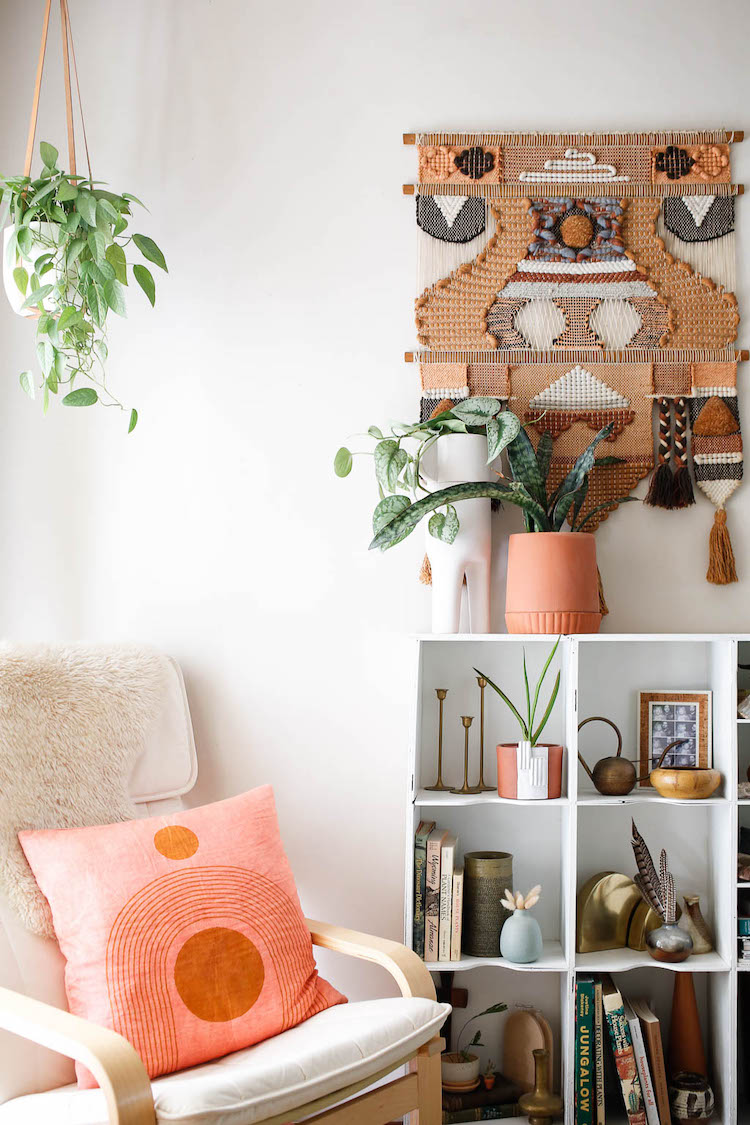

One of the easiest mistakes to make with indoor plants is to assume that because a plant is a “houseplant”, that means it can be anywhere in the house. The plants commonly kept as houseplants can hail from a variety of environments naturally, which means they won’t all have the same needs. If we really want our plants to thrive we need to do a little work to ensure we’re setting them up in the spaces that can meet those environmental needs. The best way to approach this task is to first understand your own space, and what kind of environments you can offer plants, then choose the plants that do best in those environments. You’ll save yourself a lot of frustration (and dead plants) this way!
Below you’ll find a breakdown of the most common indoor plant environments and the best plants for each, but before we get into that you’ll want to make sure you understand what kind of light you’re dealing with since light is always the most important environmental factor for plants.
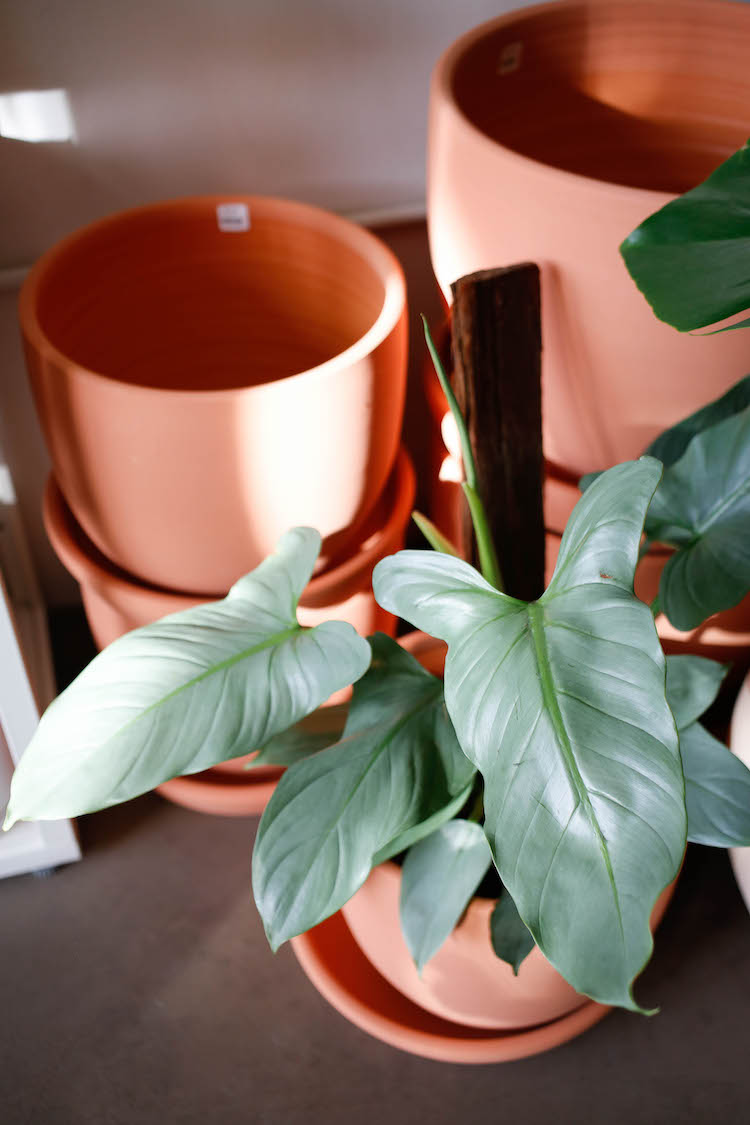

Understanding Light
My favorite way to help explain the difference between direct sun and bright indirect light is this- if the plant you’ve placed in a particular spot had eyes, could it see the actual sun, the sky, or neither? The answer will tell you what kind of light you’re dealing with.
Actual sun = Direct sun
Sky = Bright indirect light
Neither = Low light (or maybe medium, depending on how close the plant is to the window)
Keep in mind that most houseplants will do best in bright filtered light, while some can tolerate (but won’t truly thrive in) medium or low light, and others actually need at least some direct sun. The distance a plant is placed from the window will also affect how much light the plant is receiving, but my if-the-plant-had-eyes test will usually get you in the right realm of understanding what kind of light you can offer a plant.
Common Indoor Plant Environments
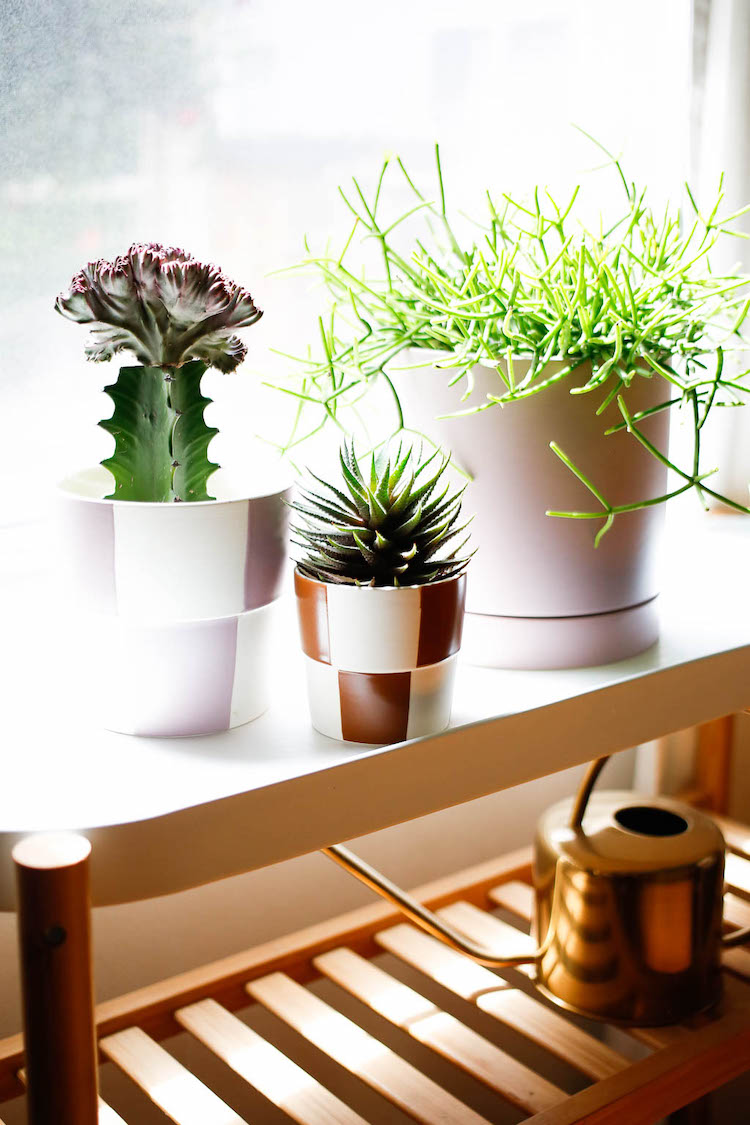

SUNNY
In the Northern Hemisphere, if you’re blessed with south or west facing windows, you likely have at least one spot that receives direct sun. South facing windows may get direct sun for just a small portion of the day (and some don’t get any direct sun depending on the exact angle of the sun and if there are any obstructions outside). West facing windows usually get direct sun all afternoon unless there are obstructions outside.
Direct sun can prove a little tricky for houseplants because most houseplants are tropical plants that in the wild grow in the understory- under the shady canopy of trees and other larger plants. This doesn’t mean they’re low light plants (shade outside is usually equal to bright filtered light inside), but it does mean that in too much direct sun they will get scorched easily. However, direct sun is ideal for desert plants that naturally grow in areas that don’t have a dense canopy of plants overhead.
If you have a window that gets lots of direct sun, you can take two approaches- focus on plants that do well with direct sun or transform that direct sun into bright indirect light by filtering it with something semi-sheer and light colored like a white curtain that still allows light through. If you opt to filter the light, check out the Bright environment section below. Prefer to focus on plants that thrive in that direct sun? Try some of these sun-lovers.
Direct Sun Plants:
Cacti
Succulents
Ponytail Palm (Beaucarnea recurvata)
Euphorbia species
Yucca species
Most Carnivorous plants
Bird of Paradise (Strelitzia species)
Ceropegia species (String of Hearts, String of Spades, etc)
Other Care Tips for Sunny Environments
As with all plants, once you’ve meet their need for light, water is the next most important factor and with nearly all of these plants that thrive in direct sun (other than Bird of Paradise or carnivorous plants), allowing the soil to dry all the way down to the bottom of the pot will most closely mimic the conditions they grow in naturally. You’ll also want to provide good drainage for these plants especially- since their roots tend to be shallow and fine so they can stay close to the surface for easier access to water. If you’ve ever had a cacti or succulent turn to mush on you, it’s likely due to overly wet soil- which can be caused by either a lack of drainage or not allowing soil to dry out enough between waterings.
In the warmest months, the glass in a window that receives direct sun can get quite hot. Make sure plant leaves aren’t touching the glass to avoid burning them. On the flipside, if you have plants that thrive in direct sun but live in a place where temperatures dip below freezing in the winter, be sure to protect these plants from cold. If you’ll be away from home for more than a day or two, and the heat won’t be on, consider grouping the plants further from the windows or even wrapping them in paper or plastic sheeting temporarily in order to protect from the cold air.
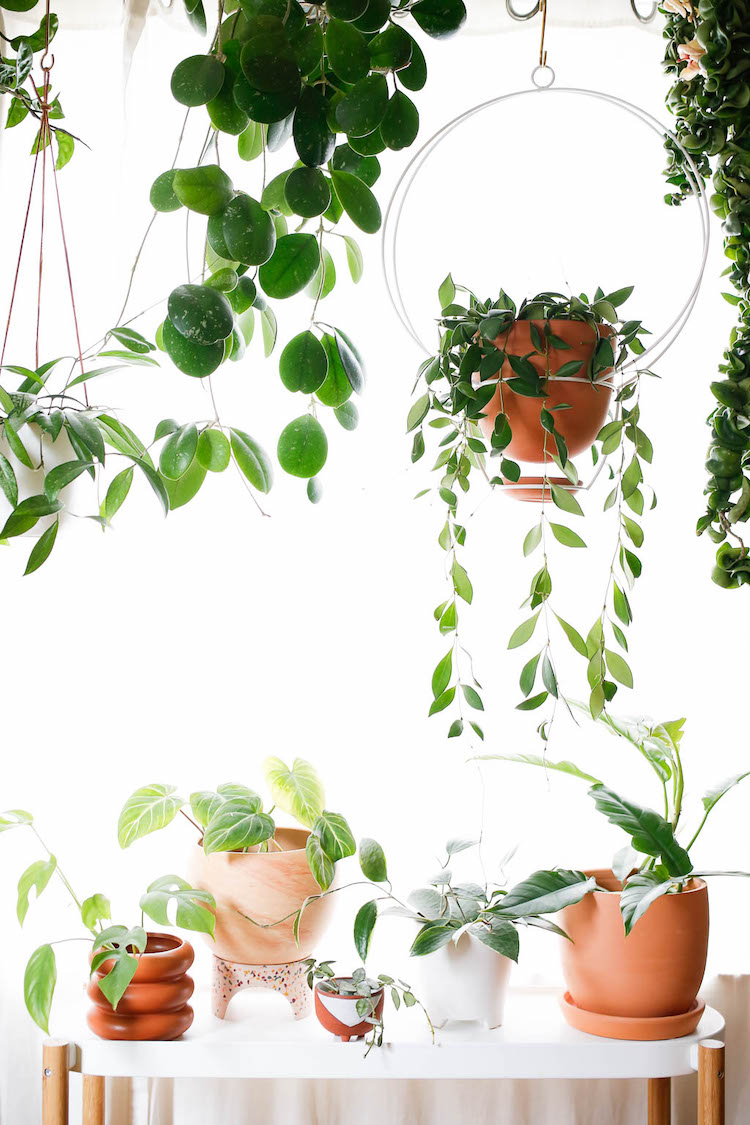

BRIGHT
As we talked about previously, what looks bright to our eyes doesn’t necessarily mean the light is bright for a plant, but generally speaking if your windows face East or South, or if you’re filtering direct sun in a West window, you probably have bright filtered light. Northern windows are almost always too dim to be considered bright, so if you only have Northern exposures, you’ll find the info you need in the Lower Light section.
Bright filtered light is optimal for a majority of the plants we keep as houseplants- even plants that are known as ‘low light’ plants. This type of environment most closely mimics the areas that these plants grow in the wild, and best meets their light needs. Remember that through the process of photosynthesis, plants essentially ‘eat’ light, so ensuring they get enough of that ‘food’ will keep them healthiest.
Just being in a bright room doesn’t always mean the plant is getting bright light though- if you think back to the “if the plant had eyes” question when placing plants, you’ll see that a plant on the other side of the room or above, below, or next to a window isn’t necessarily getting as much light as your eyes trick you into thinking. The best spot for a plant is always in front of a window, in the path of the light that comes into the room. Some plants will tolerate being around the corner from the window, or across the room, but if you notice a plant struggling in those spots, try moving them closer to the window first- more light really solves so many plant problems!
Because this environment is best for such a huge range of plants, you’ll have a lot of options when choosing plants, but there are some plants I find absolutely must have very bright filtered light in order to really thrive.
Bright Indirect Light Plants:
Ficus species (Fiddle Leaf Fig, Rubber Tree, Banyan Tree, Weeping Fig, Ficus Audrey, etc)
Monstera deliciosa– these will never achieve their more mature form with large leaves and lots of holes/splits without very bright light (and something to climb)
Wax Plants (Hoya species)
Most Pilea species-especially Pilea peperomioides– the Chinese Money Plant
Many Peperomia species
Dumbcane (Dieffenbachia species)
Elephant Ear (Alocasia species)
Other Care Tips for Bright Environments
Watering needs for plants in this environment will mainly depend on the type of plant (again, since a wide variety will do best in this light), but keep in mind that plants in bright light will use up water faster than plants in lower light- especially in warm months.
Plants kept in bright light also tend to grow larger, and will need more nutrients. Fertilize during active growth to provide the nutritional support it needs. If a plant grows too large and starts to overwhelm a space, pruning is a simple way to keep plants a more manageable size.
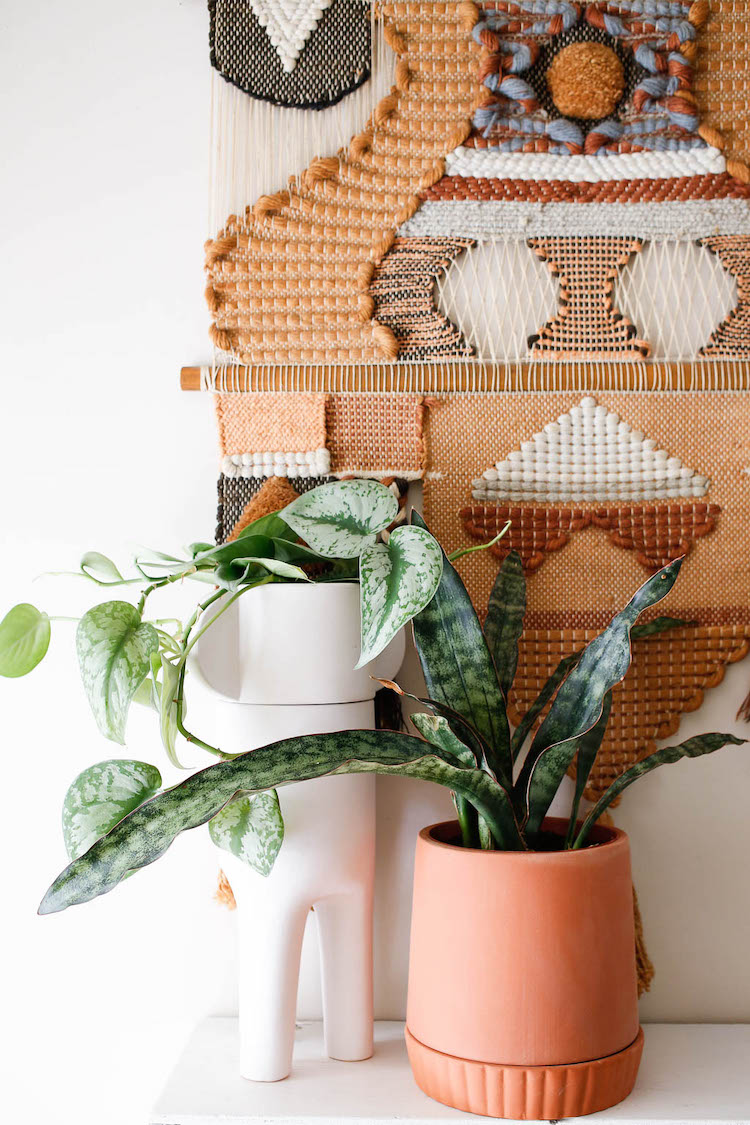

LOWER LIGHT
Unfortunately for plant lovers, most homes have far more lower light spaces than they do sunny or bright. Rooms with small windows; windows that face North; or where the light is blocked by trees, roof overhangs, or other buildings are common in many architectural styles and this can make it much more challenging to keep light hungry plants healthy and happy. However- just because you have a lower light space doesn’t mean you’re doomed to a plant-less life!
First, there are a few things you can do to help maximize the available light in your space. Try using a mirror or painting walls white to reflect more light onto nearby plants. Utilize your window space as strategically as possible by using shelves, plant stands, and plant hangers to fit as many plants as you can in your bright windows. If all else fails, there are a wide array of stylish grow lights on the market today that can supplement or even replace natural light without affecting the aesthetic of your space.
A lower light space may have both medium and low light areas, but the lower the light, the fewer plant options you’ll have since there aren’t very many plants that tolerate medium light and even less that tolerate low light. Remember that if a plant tolerates low or medium light, it will be even happier in brighter light (just not direct sun).
Medium Light Tolerant Plants:
Chinese Evergreen (Aglaonema species)
Bird’s Nest Ferns (Asplenium species)
Green or Golden Pothos (Epipremnum– just not highly variegated varieties like ‘N’Joy’ or ‘Marble Queen’)
Heartleaf Philodendron (just the solid green P. hederaceum, not the variegated varieties)
Satin Pothos (Scindapsus pictus ‘Exotica’)
Low Light Tolerant Plants:
Snake Plants (Sansevieria species)
ZZ Plant (Zamioculcas zamiifolia)
Other Care Tips for Lower Light Environments
Plants kept in lower light won’t go through the water in their soil as quickly, so be sure to always check soil moisture levels before watering. The two low light tolerant plants- Sansevieria and ZZ plants- store water in both their leaves and their root parts so they are especially sensitive to overly wet soil- allow them to dry all the way to the bottom of the pot between waterings. When in doubt- wait another week.
Be prepared for plants kept in lower light to have less leaves, smaller leaves, and less vibrant or robust leaves. Plants in low light often tend to become etiolated- where stems stretch out in an attempt to seek more light and leaves may be spaced further and further apart. If you’ve just brought a plant home from a plant shop, or recently moved a plant from bright light to low light, expect the plant to lose leaves until it finds a balance between how much light is available and how many leaves that light can support. I generally advise against placing large plants in low light, since those plants have spent much longer in the ideal light of a greenhouse and the shock of transitioning to low light will often be too much for the plant to handle.
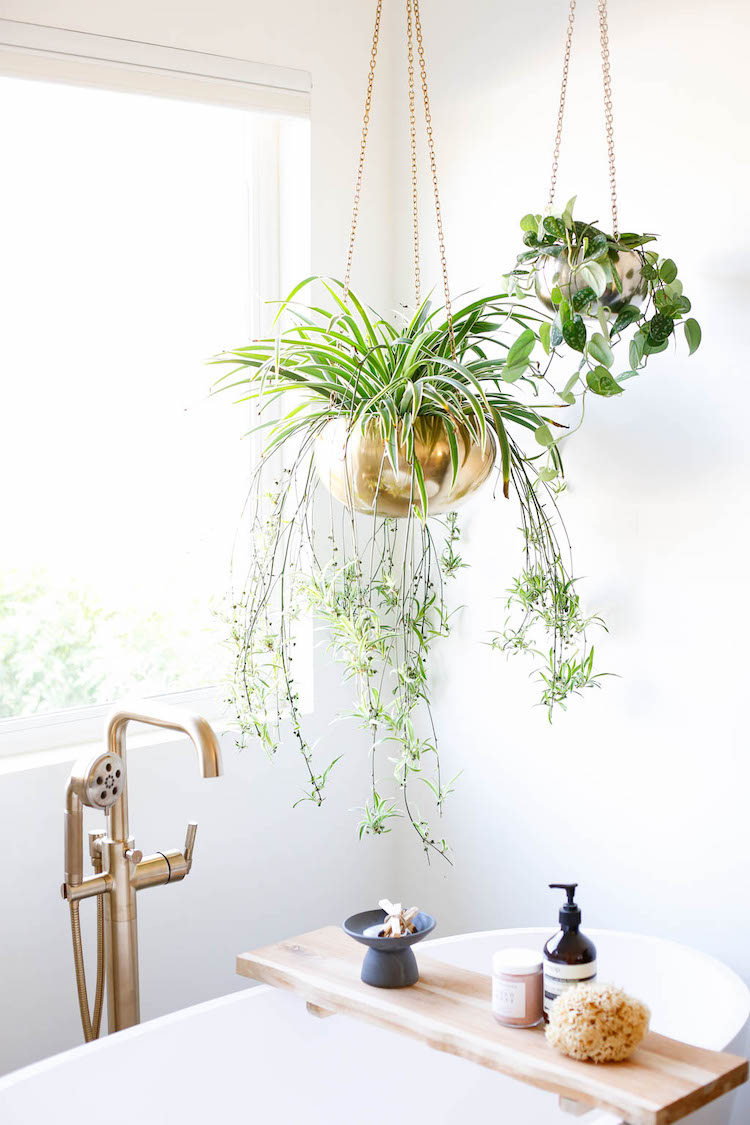

HUMID
Humidity is an often overlooked and misunderstood environmental factor. I often find that people think humidity and heat are the same thing, but if you live somewhere like the Pacific Northwest you know that it can be cold and humid at the same time. Humidity is water vapor in the air, and many plants naturally grow in humid places like a rainforest or jungle or the side of a stream or pond. Most of the plants we keep as houseplants are amazingly adaptable and can adjust to life in our homes without added humidity, but a majority of them will actually be much happier in a humid space, and there are some that must have humidity to thrive. The average home, even in a humid climate, is usually not going to have humidity levels as high as the naturally humid places many houseplants hail from, but it is possible to add humidity for those that really need it.
There are a few spots in most homes that are naturally humid- like a bathroom with a shower, or even the area near the kitchen sink. If you’re lucky enough to also have good light in those places, you can take advantage of the natural humidity there.
If you don’t have a naturally humid space, you can still provide added humidity in any room. The easiest and most effective way to add moisture to the air is through a humidifier. You can also use a pebble tray system, though this is not nearly as effective and can really only provide small amounts of humidity to a few plants. Grouping plants together will also provide a small boost in the overall humidity level. For plants that really need high humidity to thrive though, a humidifier in a size that corresponds to how many plants you’re trying to keep humid, is the best way to go.
Humid Plants:
Prayer Plant (Calathea, Maranta, Ctenanthe, and Stromanthe species)
Nerve Plant (Fittonia species)
Ferns (there are a huge range of species referred to as Ferns)
Mesic Air Plants (Tillandsia species identified by their smooth leaves, vs the fuzzy leaves of xeric Tillandsia species)
African Violet (Saintpaulia species)
Kentia Palm (Howea forsteriana)
Alocasia species
Other Care Tips for Humid Environments
Most plants that prefer a humid environment also prefer evenly moist soil, but plants in a humid space also won’t dry out as fast since they aren’t losing as much water through evaporation. Monitor soil moisture levels closely to ensure soil isn’t getting overly soggy. If you opt for a pebble tray, try to keep the bottom of the pot from actually touching the water- the pot should sit on the pebbles, with the water below the pebbles. This will keep that soil from getting too wet.
Misting is often suggested as a way to add humidity for a plant, but it is not actually a very effective way to provide long-term humidity that these plants crave (unless you want to mist them all day long). I also advise against misting broad-leaf plants since water can pool on leaves and cause damage.
Airflow is important in a humid space since mildew can form on surfaces, and soil fungus or even fungal diseases can develop on plants. Run a fan or keep a window open to improve airflow and wipe up any areas where excessive condensation has appeared (including on plant leaves).
If you’re using a humidifier to add humidity, be sure to use distilled water in it to avoid hard water build up, and clean it regularly to prevent vaporizing mildew spores (gross, I know). When the humidifier is running, make sure it’s positioned so that the water vapor is falling evenly over the plants, and not hitting just once leaf or the wall or other surface.
Now that you’re equipped with a better understanding of the environments you can provide, and the right plants for those environments, you can set your plants up to really thrive and experience the joy that happy and healthy plants can bring!
Want to dig deeper into the right plants for your space? Check out Danae’s book, Houseplants For All: How to Fill Any Home with Happy Plants.


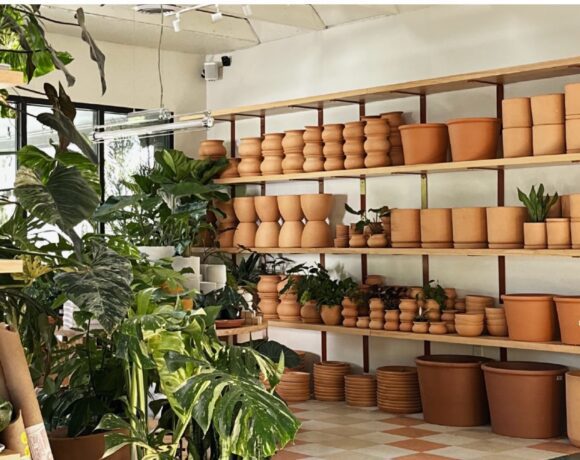
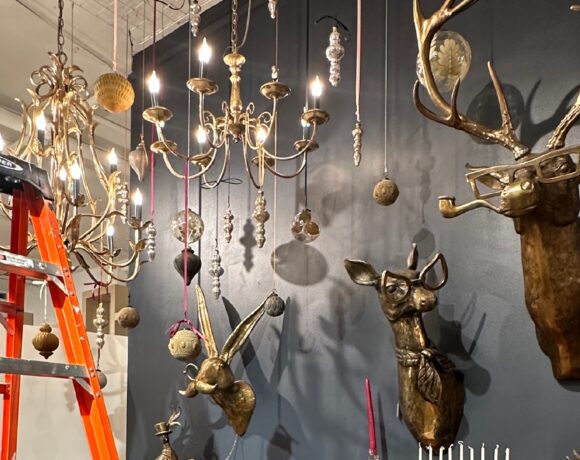


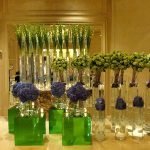

COMMENTS ARE OFF THIS POST